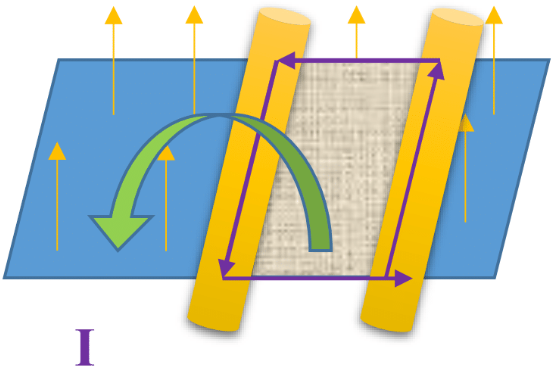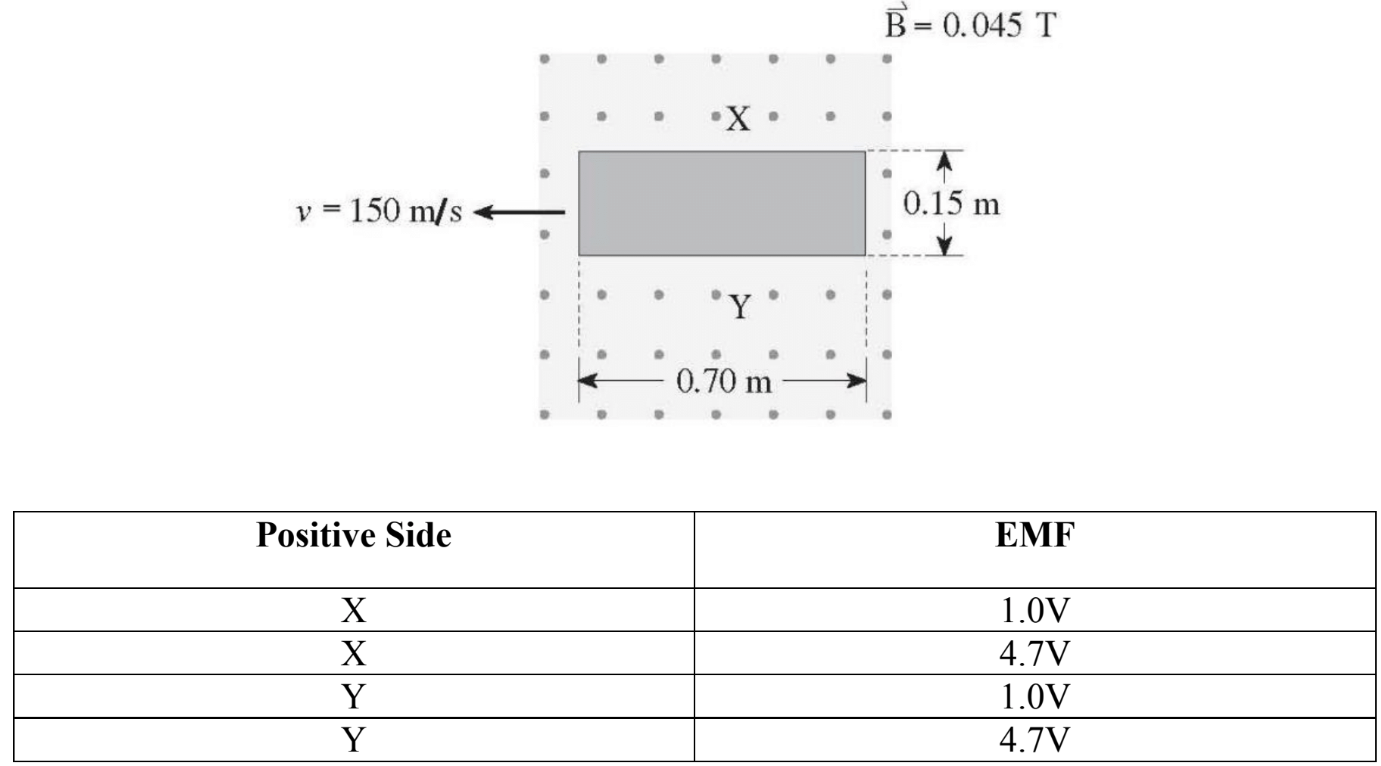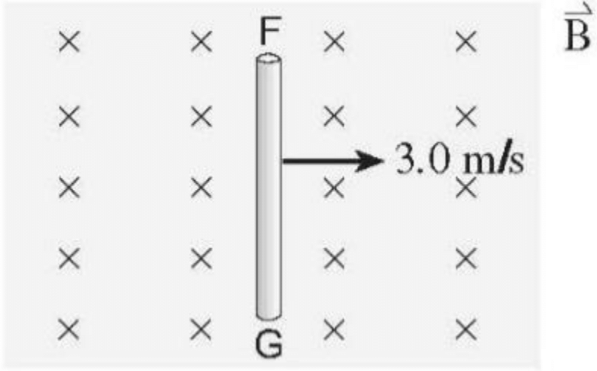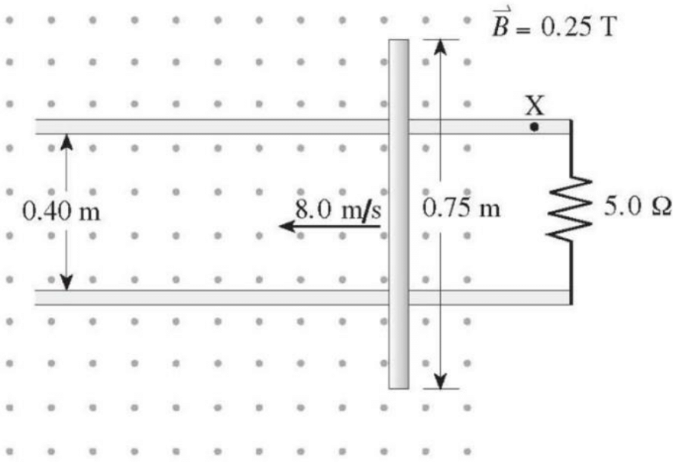In this lesson, we will learn:
- Moving a conductor in a uniform magnetic field results in an induced emf across the conductor.
- How to find the magnitude of the electromotive force?
- How to find the direction of the electromotive force?
Notes:
- Moving a conductor in a uniform magnetic field results in an induced emf across the conductor.
- As the conductor moves, there is a change in magnetic flux, due to the change in area of the conductor that is exposed to the magnetic field lines.
- Change in flux results in electromotive force induction and induced emf in the loop.
- According to Faraday’s law:

= length of the rod
= magnetic field
= speed of the rod
= area of the loop
If the rod moves at speed of , it travels a distance of , in a time ;
Therefore, the area of the loop changes by an amount of =
- The direction of the induced current is in a way to oppose the change in flux.
















